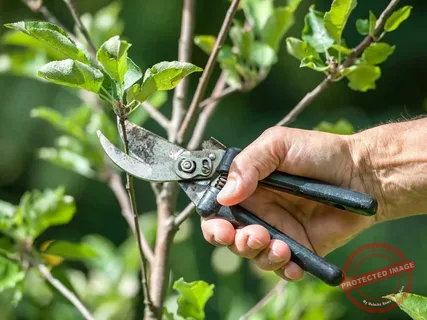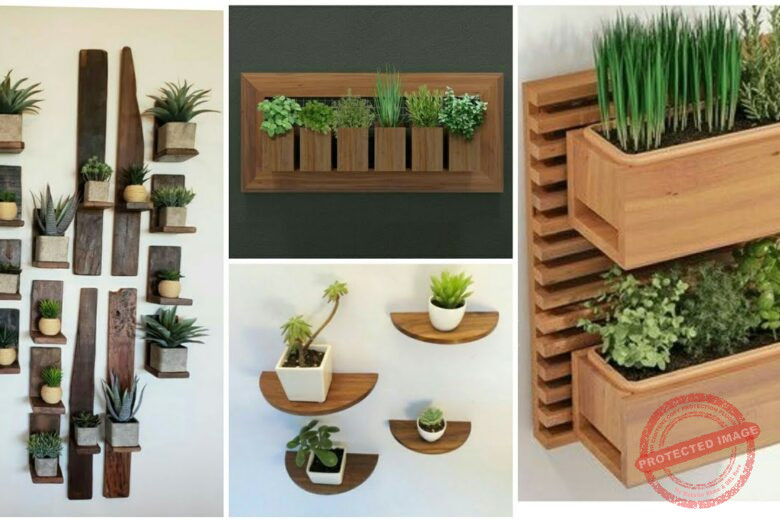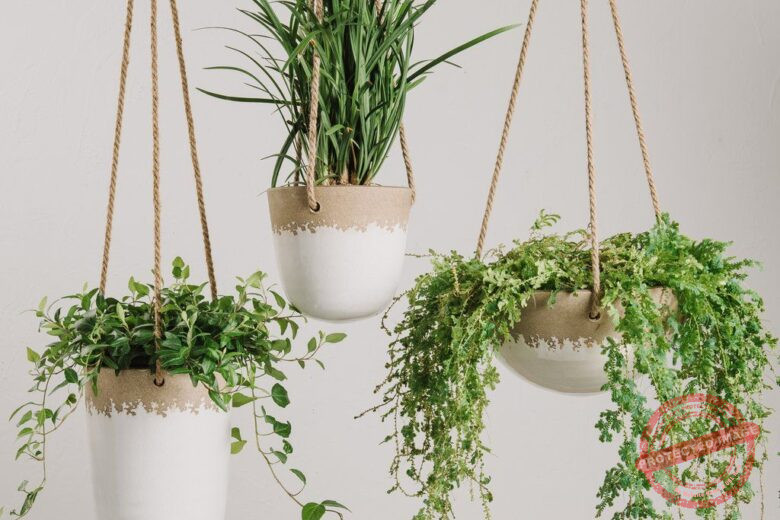Container gardening has become increasingly popular for those who lack garden space or prefer more control over their plants’ growing conditions. Carrots, with their compact root system, are an ideal choice for container gardening. In this guide, we will explore how to grow carrots in containers at home, allowing you to enjoy fresh and homegrown carrots, even if you have limited space.
To successfully grow carrots in containers, you’ll need a deep container, preferably at least 12 inches deep, to accommodate the long carrot roots. Choose loose, well-draining soil or a suitable potting mix and ensure it’s free of obstacles that could hinder root development. Additionally, provide consistent moisture and adequate sunlight, with a minimum of 6-8 hours of direct sunlight daily, to support healthy carrot growth in containers.
Container Carrot Farming at Home: A Simple Guide

Step 1: Choosing the Right Container
Selecting the appropriate container is the first crucial step in successful container carrot farming. Here’s what you should consider:
Size: Opt for a container that is at least 12 inches deep to accommodate carrot roots, which can grow long. A width of 12-18 inches should provide enough space for a few carrot plants.
Material: Containers made of plastic, ceramic, or wooden boxes work well for carrots. Ensure the container has drainage holes to prevent waterlogged soil.
Location: Choose a spot that receives at least 6 hours of sunlight per day. If sunlight is limited, consider using a container with wheels to move it to sunnier spots.
Read Also: [Beginners’ Guide] How To Grow Carrots At Home Successfully
Step 2: Preparing the Potting Mix
Carrots thrive in loose, well-draining soil. You can create a suitable potting mix by blending the following:
Potting Soil: Use a high-quality potting mix, preferably one designed for vegetables or root crops.
Compost: Add compost to enrich the soil with nutrients.
Sand: Incorporate coarse sand to improve drainage and prevent compacted soil.
Read Also: 15 Easiest Carrots To Grow At Home [Beginner’s Guide]
Step 3: Planting Carrot Seeds
Once you have your container and potting mix ready, it’s time to plant carrot seeds:
Fill the container with the prepared potting mix, leaving about an inch from the top.
Create shallow rows or furrows in the soil, about half an inch deep, using your finger or a small stick. Space the rows 2-3 inches apart.
Sow carrot seeds thinly along the rows, keeping them about 1-2 inches apart.
Gently cover the seeds with a thin layer of soil, and press down lightly to ensure good seed-to-soil contact.
Read Also: 15 Best Fertilizers for Carrot Organic & Inorganic: Boost Your Carrot Growth!
Step 4: Watering and Care
Proper care is essential for successful container carrot farming:
Watering: Keep the soil consistently moist but not waterlogged. Use a watering can with a fine nozzle to prevent displacing the seeds.
Thinning: As the carrot seedlings grow, thin them to provide adequate space for each carrot to develop. Leave about 2-3 inches between plants.
Fertilizing: Carrots don’t require heavy feeding. Use a balanced, water-soluble fertilizer sparingly, following the package instructions.
Step 5: Pest and Disease Management
Container gardening can help reduce the risk of some pests and diseases. However, you should still be vigilant and take preventive measures:
Use quality potting soil to minimize the introduction of pests or diseases.
Keep an eye out for aphids, carrot flies, and other common carrot pests. Neem oil or insecticidal soap can help deter them.
Ensure proper air circulation around the container to prevent fungal diseases.
Read Also: 5 Common Diseases of Carrots and Treatment
Step 6: Harvesting and Enjoying
Carrots are typically ready for harvest 70-80 days after planting, but you can start harvesting when they reach the desired size and color. Gently pull them from the container, cut off the foliage, leaving about an inch of stem, and enjoy your homegrown carrots fresh in salads, as snacks, or in various culinary dishes.
Growing Carrots in 5-Gallon Buckets:
To grow carrots in 5-gallon buckets, start by filling each bucket with well-draining potting mix. Next, sow carrot seeds according to the packet instructions and ensure the soil stays consistently moist. Make sure the buckets have drainage holes, and place them in a location with full sun or ample sunlight.
- To grow carrots in 5-gallon buckets, fill each bucket with well-draining potting mix.
- Sow carrot seeds according to packet instructions and keep the soil consistently moist.
- Ensure the buckets have drainage holes, and provide full sun or ample sunlight.
Best Container for Growing Carrots:
When selecting a container for growing carrots, choose deep containers like buckets or large pots with good drainage. Opt for containers that are at least 12 inches deep to provide sufficient space for carrot root growth.
- Opt for deep containers like buckets or large pots with good drainage.
- Choose containers at least 12 inches deep to accommodate carrot root growth.
How to Grow Carrots in Containers from Seed:
To grow carrots in containers from seed, fill the chosen container with loose, well-draining soil. Sow carrot seeds directly into the container, following the recommended spacing guidelines. Maintain consistent moisture in the soil and ensure the container receives adequate sunlight.
- Fill a container with loose, well-draining soil.
- Sow carrot seeds directly into the container, following spacing guidelines.
- Maintain consistent moisture and provide sunlight.
How to Grow Carrots in Containers Without Seeds:
If you want to grow carrots in containers without using seeds, trim the tops of fresh carrots, leaving about an inch of the carrot attached. Plant these tops in container soil, making sure to keep the soil consistently moist. You’ll see new growth sprouting from the tops.
- Trim carrot tops, leaving an inch of carrot attached.
- Plant the tops in container soil, ensuring they remain moist.
- New growth will sprout from the tops.
How to Grow Carrots in Pots Without Seeds:
To grow carrots in pots without seeds, cut off the carrot tops, leaving about an inch of the carrot. Plant these tops in pots with good drainage, and maintain consistent moisture in the soil. New growth will emerge from the tops.
- Cut off carrot tops, leaving an inch of carrot.
- Plant the tops in pots with good drainage.
- Keep the soil consistently moist for successful growth.
Best Soil for Carrots in Containers:
The best soil for growing carrots in containers is loose, sandy soil or a well-draining potting mix. Ensure the soil is free of rocks or any obstacles that might hinder proper root development.
- Use loose, sandy soil or a well-draining potting mix.
- Ensure the soil is free of rocks or obstacles that can hinder root development.
How to Grow Baby Carrots in Containers:
To grow baby carrots in containers, sow baby carrot seeds in the container following the recommended spacing guidelines. Keep the soil consistently moist, provide adequate sunlight, and harvest the baby carrots when they reach the desired size.
- Sow baby carrot seeds in a container, following spacing guidelines.
- Maintain consistent moisture and provide sunlight.
- Harvest when baby carrots reach the desired size.
How Long Do Carrots Take to Grow in Containers:
Carrots typically take 60-80 days to grow in containers, although the exact time can vary depending on the carrot variety and the specific growing conditions.
Carrots typically take 60-80 days to grow in containers, but this can vary based on carrot variety and growing conditions.
How Many Carrots Can You Grow in a Container:
The number of carrots you can grow in a container depends on the size of the container and the spacing you provide, but you can usually grow several carrots in a single container.
The number of carrots per container depends on the container size and spacing, but you can grow several carrots in a single container.
How Deep Does a Container Need to Be to Grow Carrots:
Containers for growing carrots should be at least 12 inches deep to ensure there’s enough room for the carrot roots to develop properly.
Containers for carrots should be at least 12 inches deep to allow enough room for carrot roots to develop properly.
Conclusion
Container carrot farming at home is an accessible and rewarding way to grow your own fresh and delicious carrots. With the right container, soil mix, and care, you can successfully cultivate this nutritious root vegetable in even the smallest of spaces. Enjoy the satisfaction of homegrown produce and the delightful taste of your very own carrots. Happy container gardening!



